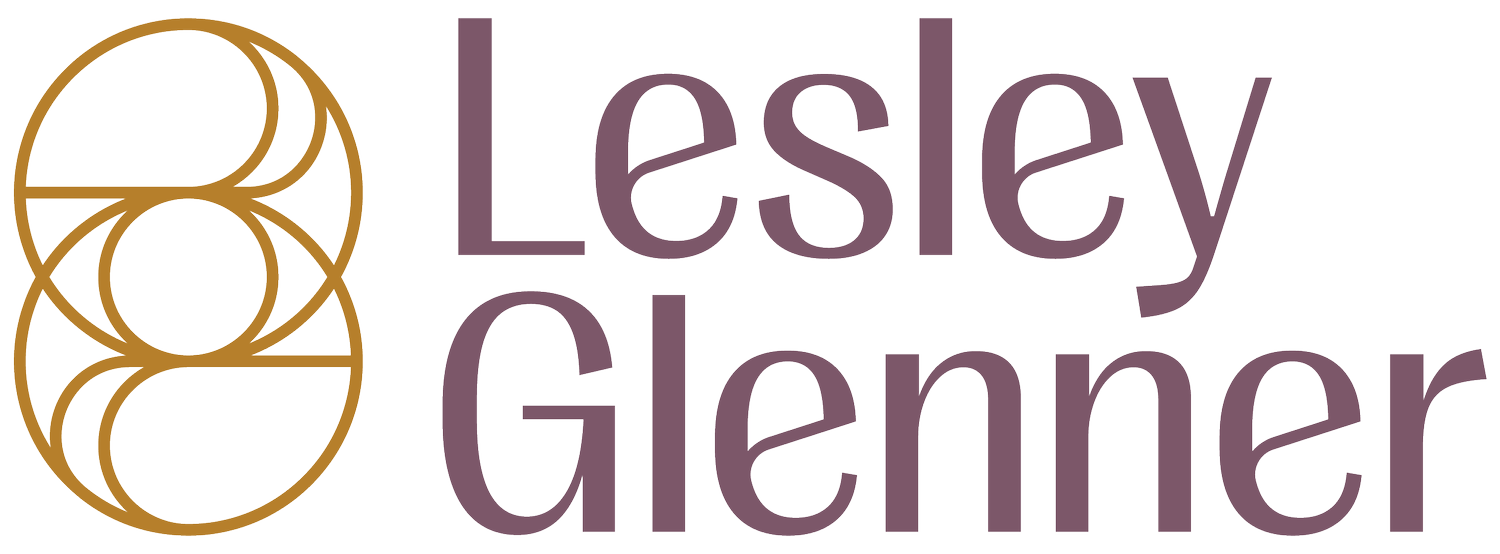Building Wholeness, Transforming Relationships
Wholeness in a relationship can be defined as a state of completeness, fulfillment, and balance achieved when both partners feel emotionally, mentally, and spiritually integrated within themselves and with each other. It involves a deep sense of connection, mutual respect, and understanding, where both individuals are able to embrace their authentic selves while supporting each other's growth and well-being. In a relationship characterized by wholeness, there is an absence of codependency or reliance on the other person to fulfill one's needs, as both partners are able to maintain their independence while also nurturing a strong bond of love and companionship. Overall, wholeness in a relationship reflects a harmonious union where both partners contribute to each other's happiness and flourishing, while also maintaining a sense of individuality and self-fulfillment.
——————————————
Relationships are inherently complex, a delicate dance between two individuals navigating their way through life together. Along this journey, we inevitably encounter moments of joy and connection, but we also face challenges and wounds that can leave lasting scars. However, it is through the process of healing these wounds and nurturing wholeness within ourselves and inside the relationship that relationships can truly transform and thrive.
Understanding Wounds in Relationships
In every relationship, past experiences (together or apart) and emotional baggage can cast a shadow on the present. These wounds, often stemming from childhood, previous relationships, or traumatic experiences, can manifest as insecurities, fears, and defensive behaviors. Whether it's the fear of abandonment, a lack of trust, or unresolved anger, these wounds have the potential to disrupt the harmony and intimacy within a relationship.
Recognizing these wounds is the first step towards healing. It requires a willingness to explore our own vulnerabilities and acknowledge the ways in which past experiences may be impacting our present relationships. By shining a light on these wounds, we can begin the journey towards healing and wholeness.
The Journey of Healing
Healing wounds in relationships is not a linear process but rather a journey of self-discovery and growth. It requires courage to confront our pain and vulnerability, and it often involves facing uncomfortable emotions head-on. However, it is through this process that we can release the grip of past hurts and create space for healing to occur.
One crucial aspect of the healing journey is acceptance and forgiveness. This doesn't mean condoning past actions or minimizing the pain they've caused but rather freeing ourselves from the burden of resentment and bitterness. It's about letting go of the need for retribution and choosing compassion and empathy instead.
Seeking support is also essential in the healing process. Whether it's through therapy, couples counseling or coaching, or support groups, having a safe space to explore our emotions and experiences can facilitate healing and provide valuable insights into our relational patterns.
Building Wholeness Together
Building wholeness in relationships requires a commitment to individual and mutual growth. It's about recognizing that we are not defined by our wounds but rather by our capacity for resilience and transformation. By prioritizing self-care, personal development, and open communication, we can create a nurturing environment where both partners can thrive.
Communication is key in building wholeness together. It involves not only expressing our needs and desires but also actively listening to our partner's perspective with empathy and understanding. Through emotional honesty and transparent communication, we can deepen our connection and foster a sense of trust and intimacy.
Practicing vulnerability and authenticity is also essential in building wholeness. It's about being willing to show up fully in our relationships, flaws and all, and embracing our imperfections with compassion and self-acceptance. When we allow ourselves to be vulnerable, we invite our partners to do the same, creating a space where true intimacy can flourish.
Transforming Relationships
As we embark on the journey of healing and building wholeness, we begin to see our relationships in a new light. We discover that our wounds do not define us but rather serve as catalysts for growth and transformation, the wounds become grist for the mill. We learn to approach conflict with curiosity rather than fear, recognizing that it's an opportunity for deeper understanding and connection.
Through this process of transformation, relationships can evolve into a source of joy, fulfillment, and mutual support. We become more attuned to each other's needs and more empathetic towards each other's struggles. We learn to celebrate each other's strengths and accept each other's weaknesses, knowing that we are in this together, for better or for worse.
Overcoming Challenges
Of course, the journey of healing and building wholeness is not without its challenges. There will be moments of doubt, setbacks, and uncertainty along the way. But it is through these challenges that we grow stronger and more resilient as individuals and as partners.
It's important to remember that healing is not a destination but rather a continuous process of self-discovery and growth. It requires patience, perseverance, and a willingness to confront our own limitations and shortcomings. But ultimately, it is through this process that we can create relationships that are truly transformative, where both partners can thrive and flourish.
And so, I contend that healing wounds and building wholeness in relationships is a journey worth embarking on. It's about embracing our vulnerabilities, confronting our fears, and choosing love over fear. It's about creating a space where both partners feel seen, heard, and valued, and where true intimacy can blossom. So let us embrace the journey of healing and transformation, knowing that the rewards are endless and the possibilities are limitless!
